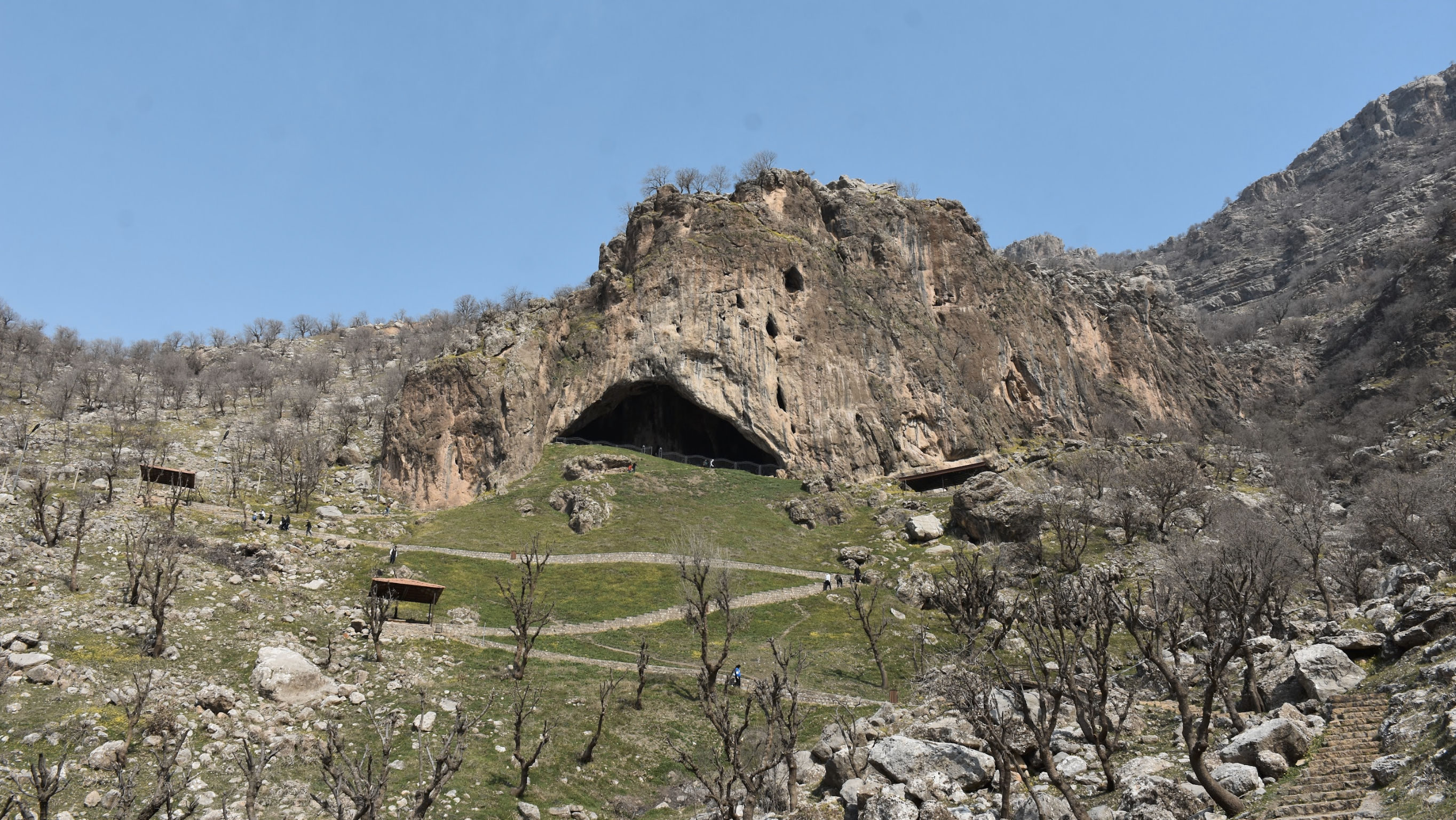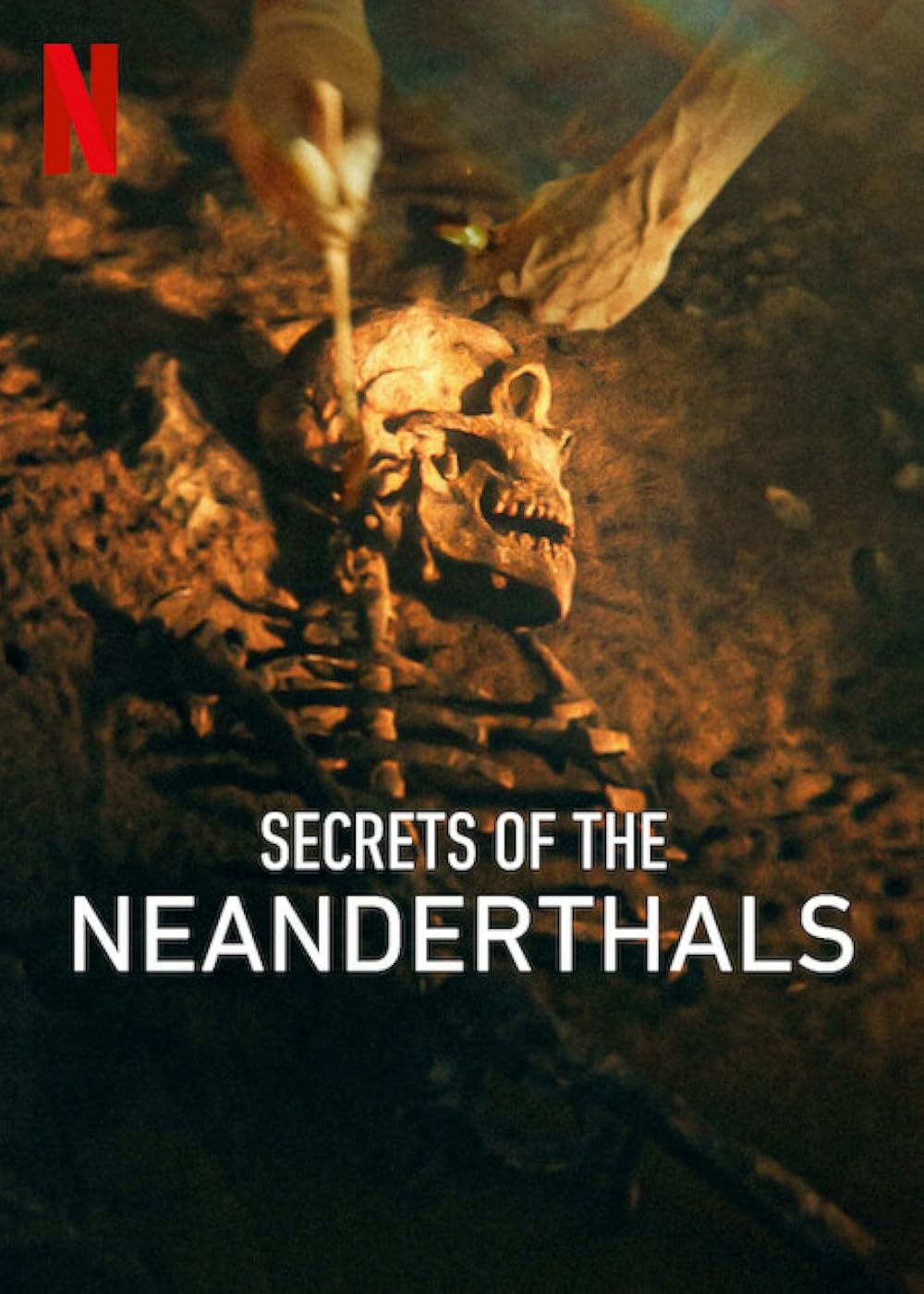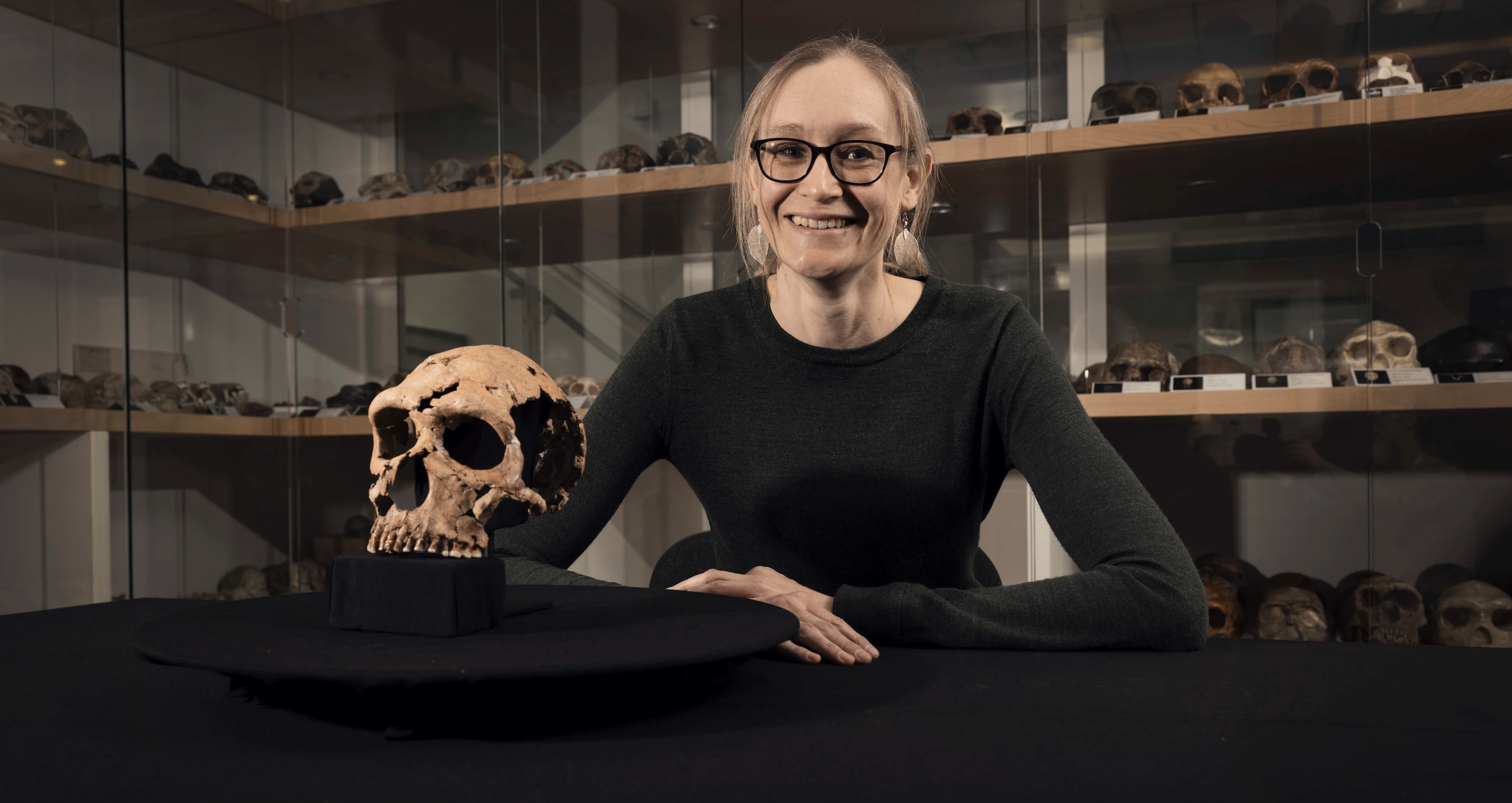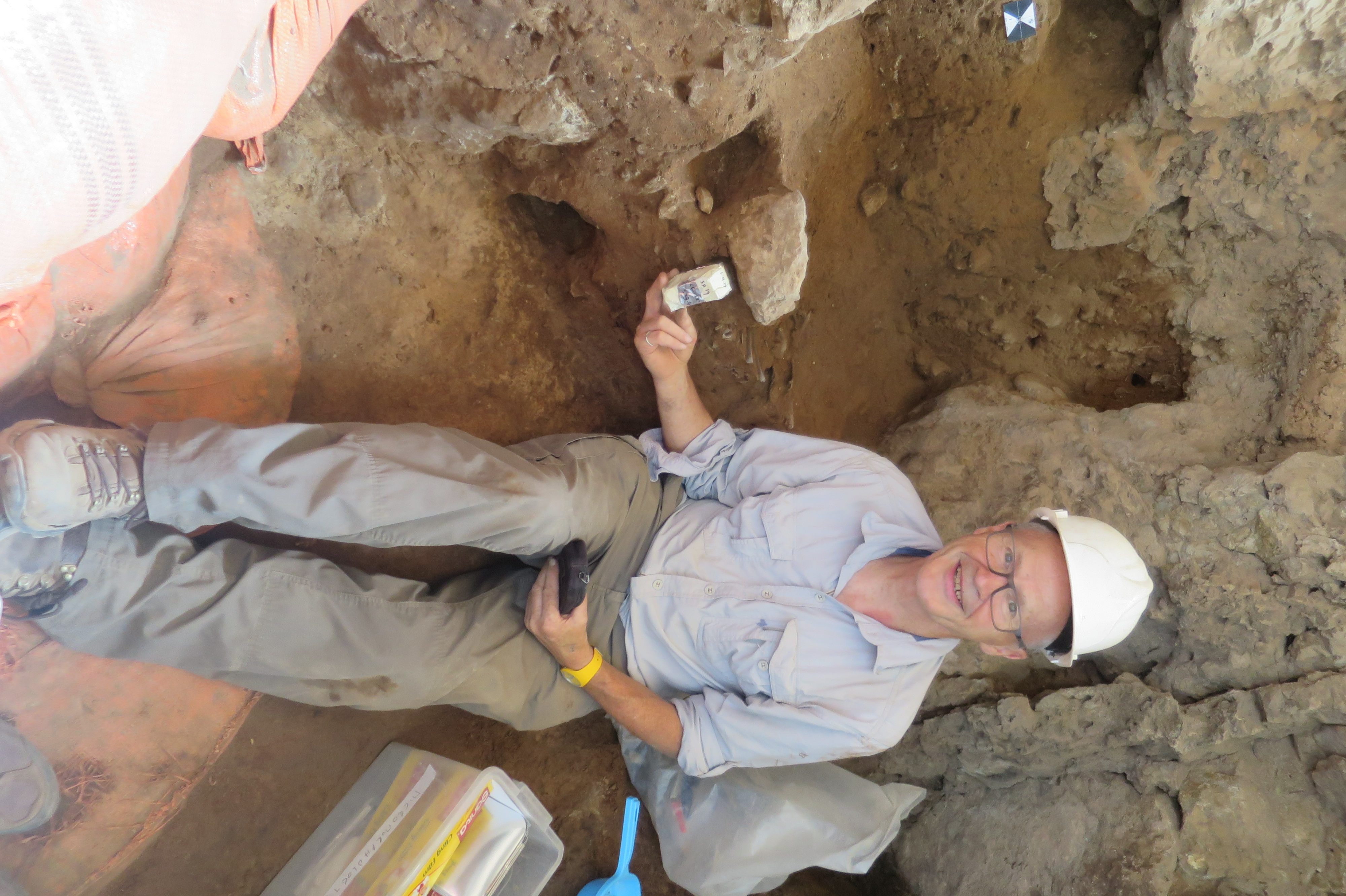Secrets of the Neanderthals, a new Netflix documentary produced by the BBC, was released on May 2. The documentary follows the team led by archaeologists and conservators from Cambridge University and Liverpool John Moores University as they return to Shanidar Cave in the Kurdistan Region to continue excavations.
Narrated by Sir Patrick Stewart, famous from his role as Captain Jean-Luc Picard in the science fiction television series Star Trek: The Next Generation, the documentary could well bring more attention to the important archeological sites found in the Kurdistan Region and help attract future foreign tourists.
Secrets of the Neanderthals features a new facial recreation of a 75,000-year-old female Neanderthal named Shanidar Z, whose flattened skull was discovered in 2018 inside a cave where the species had repeatedly returned to lay to rest their dead.
The rebuilt skull was surface-scanned and 3D-printed, forming the basis of a reconstructed head created by world-famous Dutch hominid paleo-artists Adrie and Alfons Kennis, who built up layers of fabricated muscle and skin to reveal a face.

“The artists, Alfons and Adrie Kennis, are extremely highly regarded. Their work is in many museums. They research in exceptional detail and bring a true presence and personality to their sculptures. I think the film shows their skill and passionate interest in human evolution really well,” said Rebecca Wragg Sykes, a British Paleolithic archaeologist who was a consultant for the documentary.
Dr. Emma Pomeroy, a paleoanthropologist from Cambridge University’s Department of Archaeology who is featured in the documentary, told Kurdistan Chronicle that “the BBC contacted me after seeing one of my talks online, as they were already developing an idea for a documentary to pitch to Netflix about Neanderthals.”
“We discussed what might be possible, and the BBC developed the idea from there. Netflix then accepted the proposal for the documentary, and so filming was organized quickly,” she said.

Building on past excavations
Pomeroy also detailed the finds from the excavations, which included Neanderthal remains, stone tools, and animal bones, all of which will be returned to the Kurdistan Region.
“The General Directorate of Antiquities and Heritage and the Directorate of Antiquities for Soran Province have generously lent these finds to us for conservation, restoration and study, but everything will be returned to Kurdistan,” she said.
According to Pomeroy, there are many reasons why Shanidar Cave is important for Neanderthal research. “Its importance comes in part from the discoveries made between 1951 and 1960 by Ralph Solecki’s team, which really challenged some of the stereotypes of Neanderthals as unintelligent and incapable of complex behavior, emotions, and compassion.”
U.S. archaeologist Solecki led teams from Columbia University in the 1950s, discovering the fossilized skeletons of several Neanderthals in Shanidar Cave.
“Our more recent work is shedding new light on how Neanderthals treated their dead at Shanidar Cave. One of the fascinating things about Shanidar Z is that she was part of a cluster of Neanderthal remains found in a small space right behind a big vertical rock in the center of the cave,” Pomeroy said.

“The cave is huge,” she continued, “so it seems unlikely that it’s simply chance that so many individuals were buried in exactly the same place and that they were returning to that same spot to deposit their dead. This can suggest they might have had cultural traditions about where to place the dead that were passed on between individuals and could suggest that Shanidar Cave was a special place in the landscape for them, revealing new information about how Neanderthals understood the world around them.”
Dr. Graeme Barker, Fellow at St John’s College who is directing the new excavations at Shanidar Cave, said, “I was delighted when our project was invited to be the centerpiece of Secrets of the Neanderthals because I wanted the film to show how Neanderthals, our closest evolutionary cousins, were in many ways as complex as we are.”
Moreover, he said he wanted “to show that we have only been able to tell that story by examining the wonderful discoveries made by Solecki using modern archaeological techniques in the field and in the laboratory. The project is a good example of how archaeology can tell us important things about becoming human and being human.”
“Shanidar Cave is an iconic Palaeolithic site known to archaeologists all over the world because of Ralph Solecki’s discoveries, but many of the people who visit our excavations, Kurdish and from elsewhere, say they understand that the site is ‘ important and old’ but are not really sure why!” Barker said.

Inviting visitors to Kurdistan
“I hope the Netflix documentary will make Shanidar Cave’s importance for human evolution better understood by everybody – and for Kurdish people to be especially proud of having this extraordinary site as part of their heritage,” Barker concluded.
Barker also hopes that the reconstructed face of Shanidar Z is “recognized and celebrated by every Kurdish child as an important part of their heritage. She deserves to be seen throughout Kurdistan and to welcome visitors to Kurdistan from the moment they arrive at Erbil Airport or Sulaymaniyah Airport, inviting them to visit her last resting place in Shanidar Cave.”
Pomeroy also added that one of the things that she loves about the documentary is the “wonderful footage, which shows just how beautiful Kurdistan is, as well as the interviews with Kurdish people, in addition to demonstrating the important archaeology found in this region.”
“We have always been made so welcome in Kurdistan, and it is always such a joy to return. I very much hope that in addition to providing information about the Neanderthals, the documentary shows just what a fantastic place Kurdistan is,” she added.
Meanwhile, Sykes said that she hopes the film “will bring this amazing site and modern research on the Neanderthals to a much larger audience than before. Netflix has huge reach across the world, and perhaps some people with no previous interest in history might watch and enjoy it and learn new things.”
